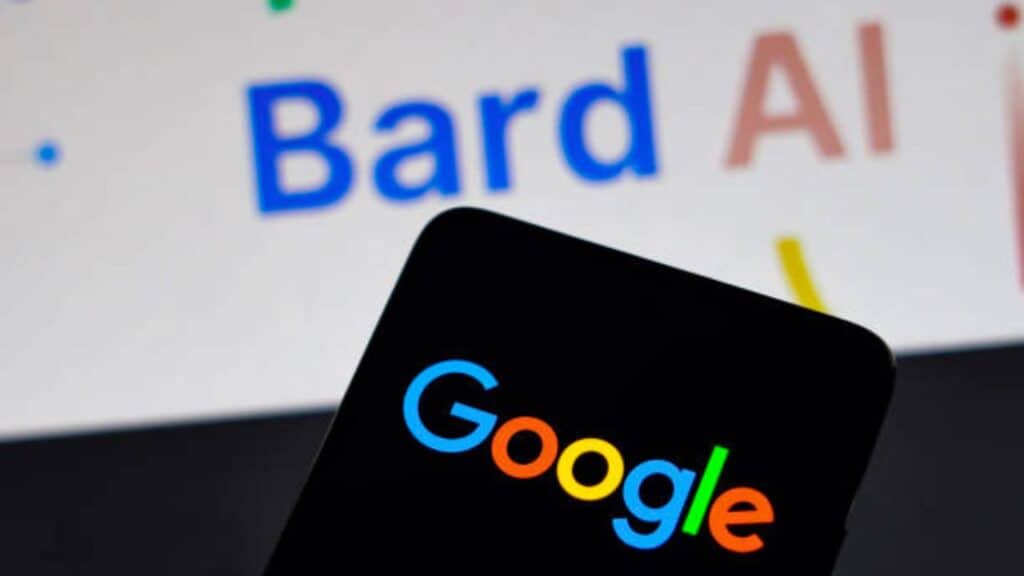Google has recently launched its AI-based chatbot for the public worldwide. The chatbot is free and interacts with users in a human-like language.
Google says Bard is a powerful and efficient chatbot capable of performing various tasks. It beats various AI tools and has performed well in several experiments.
But what about the Turing Test? Can Google Bard beat the Turing Test?
Read this post to know if Google Bard passes the Turing Test. Here we’ll discuss the Turing Test, Google Bard’s performance during the test and a few amazing facts. Scroll below to get started!

Significance of Google Bard Passing Turing Test
The Turing Test checks whether an AI tool can fool humans. The test was developed in the 1950s by a famous Computer Scientist, Alan Turing. According to the test, the machine passes the test if a task is given to a person and a machine simultaneously and the evaluator fails to distinguish between human and machine.
Likewise, if Bard passes the Turing Test, it indicates that Bard thinks like a human. This is a huge achievement for any AI tool, proving that machines can work like humans. If Bard excels in the Turing Test, it indicates that the platform has succeeded in imitating humans.
Quick Facts
Before talking about Bard’s performance during the Turing Test, let’s go through some Turing Test facts:
- Turing Test was discovered in 1950 and was initially named as the Imitation Game.
- If a machine passes the Turing Test, it will become difficult to distinguish between machines and humans.
- In June 2014, Eugene Goostman, an AI chatbot, claimed to pass the Turing Test for the first time.
- Google Duplex AI gave the Turing Test in 2018, where it successfully fooled 33% of the judges.
- Google’s LLM, LaMDA, failed to pass the Turing Test in 2022.
- The Turing Test has undergone several variations over the past 70 years.
- Passing the Turing Test is a major achievement for every AI developer.
What is a Turing Test?
The Scientist Alan Turing discovered the Turing Test. He discovered this test when the thought that “Can machines think?” crossed his mind. In this test, an interviewer asks a set of questions to a human and the AI tool simultaneously.
The interviewer analyzes the responses, and if he fails to determine which candidate is human and which is a machine, the machine wins the test.
The Turing Test has received huge criticism but is widely used to analyze the efficiency of any AI tool. It can determine whether a machine can fool a human or not. But it cannot measure the level of the machine’s intelligence.
Again, it cannot be used to test all machines since the structure of every machine is different.
How did Google Bard pass the Turing test?
Google Bard gave the Turing Test, which was asked various questions by the Psychiatric Times. The author asked questions based on various topics and analyzed the responses.
The final opinion regarding Bard’s performance in the Turing Test was left to the readers. You can check the responses by visiting the website and providing feedback about Bard’s performance.
Additionally, researchers and scientists across the globe have performed the Turing Test on Bard. They asked several questions and gave tasks to the machine.
Bard respond accurately to most questions and also outperformed human responses in most cases. This way, Google Bard passed the Turing Test.
However, these results are not final. The platform is still under development. So, its intelligence will only be measured after the final product release.
What’s Next for Google Bard?
Now that Google Bard has excelled in the Turing Test let’s see how it may level up.
Expanding Google Bard capabilities
Developers will add several new functionalities to Google Bard. They will make Google Bard capable of interpreting all languages, generating images, and providing better responses.
The platform will also create complex and advanced computer programs. It will accept textual, image, audio, and video-based inputs and generate multimedia outputs.
When Google adds these new functionalities to the platform, its Turing Test performance will be reviewed.
Integration with other platforms
Google has already announced that it will be adding Bard as an inbuilt feature to all Google products and services.
It has integrated Bard within Google Sheets, Docs, Gmail, and Slides. The platform has also partnered with third-party apps like Adobe FireFly to improve its functionalities.
